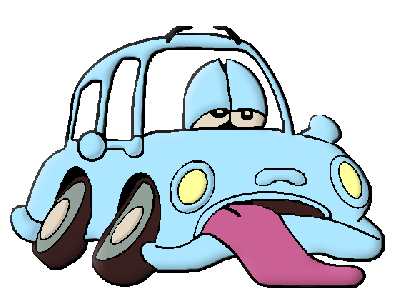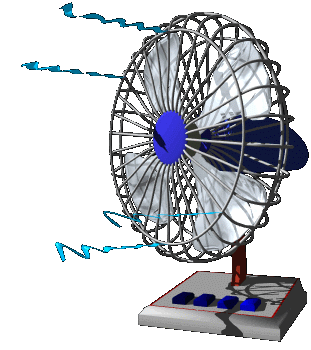


Mobile users:
For best results, view in Landscape mode.

Overheating, caused by loss of coolant or over pressure,
can damage engine parts.
Older cars can be particularly prone to overheating, but this
is largely the result of inadequate maintenance rather than a
production failing.
Fans, hoses, belts, the radiator and water pump all need regular
attention to ensure they are in tact and functioning well.
As soon as you notice that your temperature gauge is running a bit
higher than usual, take the time to inspect your engine and address
any problems before they cause an overheating disaster that
damages other engine components.
Belts and Hoses:
Any frayed or cracked hoses must be replaced.
If there are any loose connections, replace the whole hose.
It’s a good idea to check over all the hoses and belts when you do
your regular oil change.
The Head Gasket:
A blown head gasket causes coolant leaks, and you will find coolant
in your oil, or oil in your coolant.
Your engine will overheat if this problem persists, so keep an eye on
your fluids to catch this problem as it occurs.
The Thermostat:
Your thermostat controls the movement of coolant through the
engine, keeping it out when the engine is cool and allowing it to
flow as the engine heats up.
If the thermostat fails, and coolant doesn’t run into a heating engine,
the car will overheat very quickly.
If you haven’t found any problems with the belts and hoses or the
radiator, it may be time to replace your thermostat.
Check the Timing and
Adjust the Carburetor:
Make sure these are adjusted to suit the specifications of the
manufacturer.
While these are not part of the engine’s cooling system, problems
with engine timing and the carburetor can be a cause of
overheating.
The Radiator:
Clean off dirt and bugs from the front panel.
Check for any leaks, which will manifest as green or white deposits
on tubes or the tank.
You can weld these cracks rather than use radiator sealant, which can
itself lead to more problems by interfering with water flow.
Also make sure that your radiator cap washer is being replaced from
time to time.
Check for inner blockages by disconnecting the lower hose and running
water into the top, the water should run out of the radiator at
the same speed that you are pouring it in.
If not, back flush the radiator to unblock inner cooling tube.
You may need to do this a few times to clear everything out.

Disclaimer:
These tips are merely a recommendation
to help save you time and money.
Check with your mechanic for professional
advice or service.

